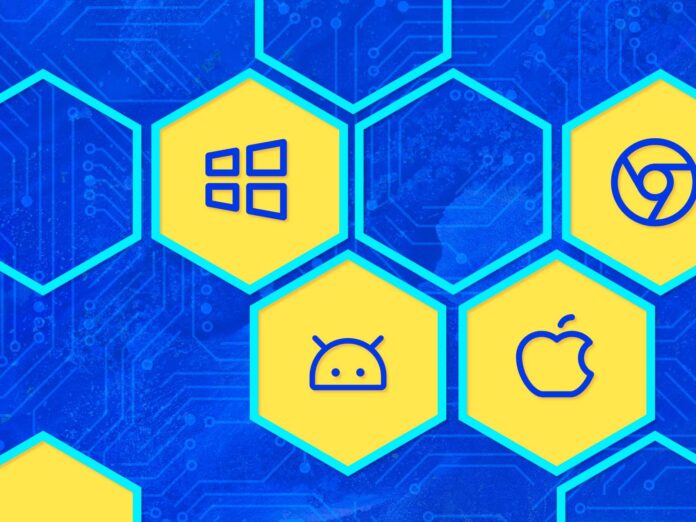Digital Transformation & Automation Operating Systems

Most enterprises are having a difficult time definitively achieving full-blown digital transformation. Simultaneously, the entire software industry is also struggling to figure out how to best speed up the transformation.?The reasons why digital transformation projects fail are complex enough to grasp. One explanation may lie in the approach adopted by the tech industry.
'A real-time automation OS that more specifically enables deployment of low-code orchestration from any system and device or data record to any other system can result in an incredible end customer experience.' -WaylayClick To TweetDigital Transformation: The Intrinsic Problem
As humans, we know what we want to achieve. Our brains tell us anything is doable. But when faced with building the ultimate solution in software and where we need to cope with the heterogeneity of things very quickly, we run into quicksand very fast.?
The subsequent cost, time, and resource loss, not to mention the impact on organizational confidence, is simply huge. For example, it’s not atypical to see hundreds of millions spent on digital transformation projects only to flounder. According to TechTarget, $1 trillion had been invested in digital transformation projects with the Boston Consulting Group estimating at least 70 percent of these initiatives fell far short of their original goals by March 2021. The problem has become so apparent that it is not unusual for a CEO to dodge analysts’ questions in earnings calls on Digital Transformation.
So, what is the intrinsic problem? Humans with a passion for building tend to also love three things:
- Complexity
- Originality
- No clock ticking in the background.
However, maybe the more important question is rather than building software that fails to deal with the complexity of things fundamentally, why not take a shortcut and focus on the integration of things?
I started my career in the software industry, building network management systems in the 1990s, followed by cloud software and IoT platforms, and so on. I always accepted that my tried and trusted engineering colleagues always knew best. In all fairness, the engineers did know best, but they struggled when challenged to ponder the sheer complexity of the computer science challenges they were facing and how things were becoming exponentially complex.?
Then, I really started to get very curious about ways to solve the mountainous challenges being faced in digital transformation. Not only given the great quantum leap in the complexity of business logic modeling required, but also a new methodology in software that could mirror the aspirations of a human’s creative mind into solutions that would actually work.
So with that goal in mind, I started looking at automation engines to solve digital transformation problems.
The Future of Digital Transformation
In the 1980s and ’90s, computing took a big shift forward with the introduction of operating systems (OS). Therefore, why not look for an automation engine that functions like an OS? One where its role is to orchestrate software workflows from disparate data sources in real-time in unison and is built on the basis of the user/designers’ needs, namely low-code and even better no code.
An easy-to-use, visual canvas connecting to pre-existing “any-to-any” applications/systems of record automating mission-critical workflows and speeding up actions via an ultra-fast rules engine may be necessary. For the data scientists, a real-time automation OS that more specifically enables deployment of low-code orchestration from any system and device or data record to any other system can result in an incredible end customer experience. Many industry commentators believe there has been a missing link between operations and the massive investment in AI. I also believe in automation.
Today, the automation industry is in full flight robotic process automation (RPA) software companies where “hyper-automation” is the new buzzword. An entirely new generation of automation technologies is appearing in the market with RPA being the most common for solving simpler digital transformation problems.
Reaping the Benefits of Automation
As the world braces for a very tough economic backdrop, the biggest win to focus on is the enormous savings that will be reaped from automation at a time of record software skills shortages globally. Other target metrics to look for from an Automation OS are 10x faster time to market, 100x less code, 15x less development time, and up to 20x operating expenses (OPEX) and capital expenditures (CAPEX) cost savings. And finally, break-even ROI within nine months or less.
Tweet
Share
Share
- Automation
- Digital Transformation
- Automation
- Digital Transformation
